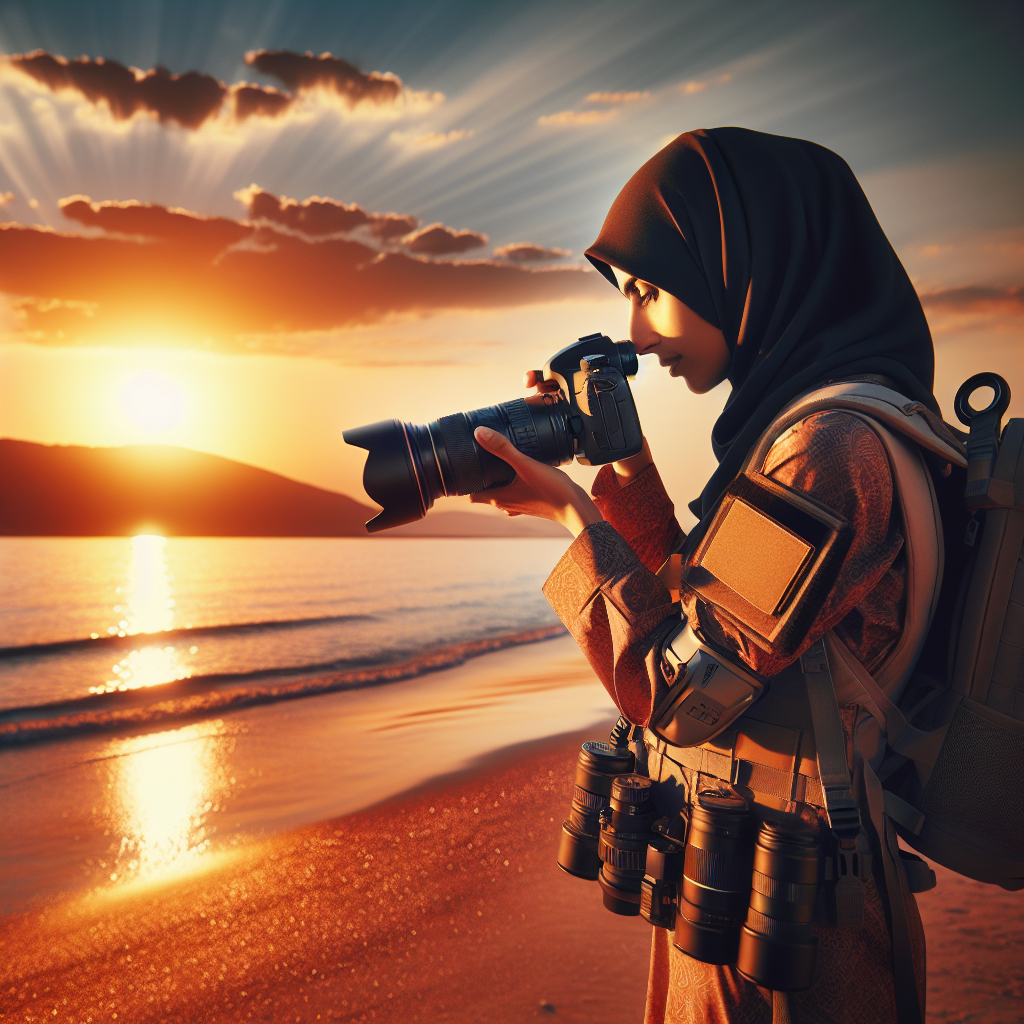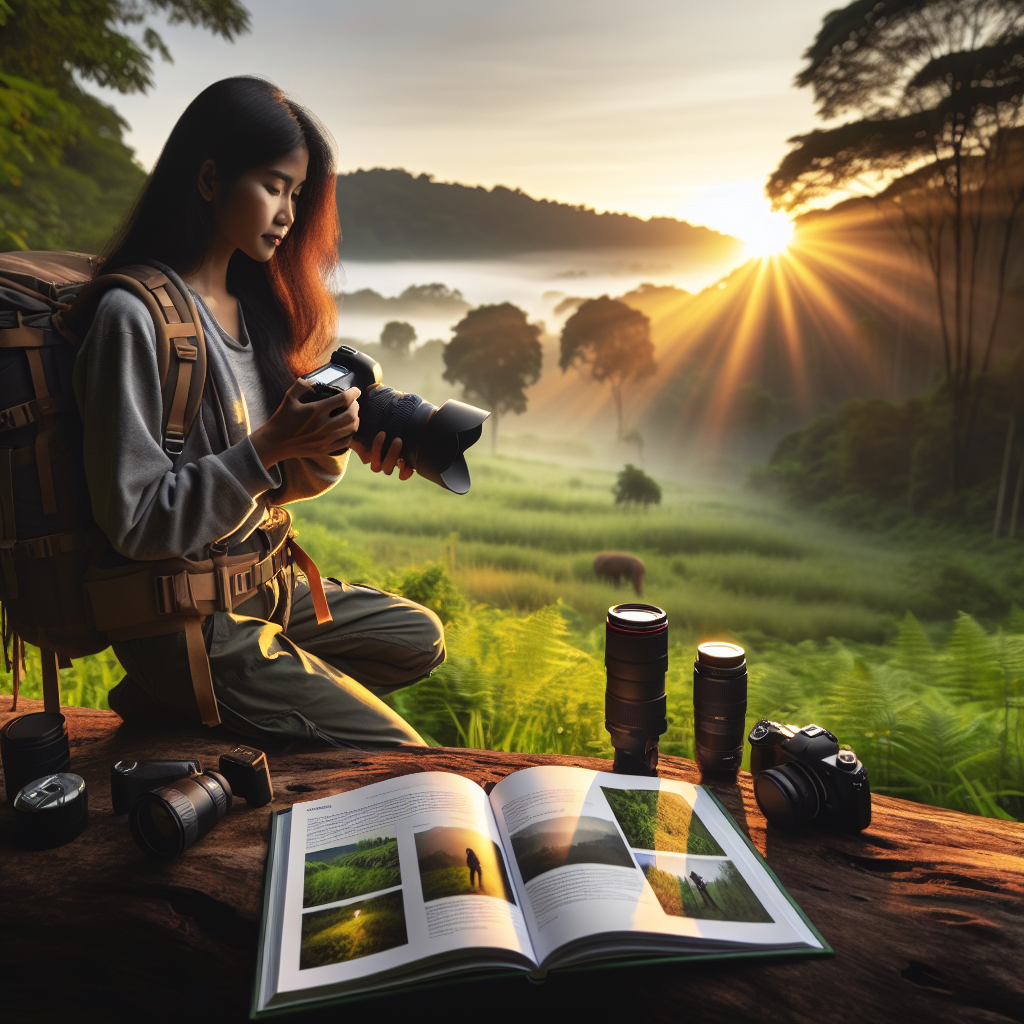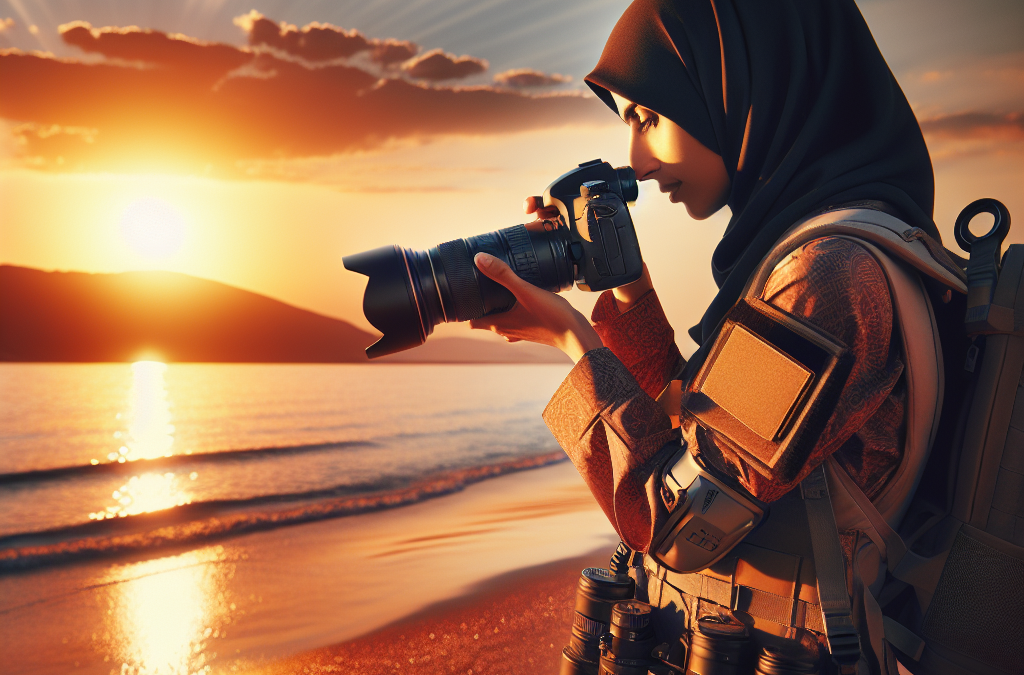Imagine being out there, in the heart of nature, armed with nothing but your camera and the incredible beauty of the wilderness in front of you. “The Essential Guide To Outdoor Photography” is specially crafted for you – a nature enthusiast with a keen eye for beauty. This rich and engaging guide will bolster your photographic prowess by exploring diverse techniques, equipment needed, and unique approaches that are crucial to capturing the marvels of the outdoors. Whether you’re interested in producing stunning landscape shots, dynamic wildlife images, or night sky scenes that astound, this guide is chock-full of insight and inspiration to take your outdoor photography game to new heights.

Understanding the Basics of Outdoor Photography
Welcome to the exciting world of outdoor photography! While the process might seem a little daunting at first, don’t be deterred. With a basic understanding of outdoor photography basics, you can capture breathtaking landscapes or captivating wildlife right from your camera.
Choosing the Right Equipment
Remember, it’s not just the camera that makes a great photo; it’s the photographer. Choosing the right equipment can significantly enhance your outdoor photography experience. There are numerous options available, so do your research and think about how each choice can help you achieve your desired results.
Understanding Light Conditions
Outdoor photography largely revolves around light. Its direction, color, quality, and intensity can play a significant role in how your final image turns out. Understanding how different light conditions affect your photos can lead to beautiful pictures.
Getting to Know Your Camera
Along with having the right equipment, it’s also crucial to understand your camera. Knowing your camera’s capabilities and settings can allow you to adapt on-the-spot to the ever-changing outdoor conditions.
Observing Nature for Successful Shots
Lastly, you need to develop a keen eye for observing nature. Look out for unique patterns, colors, or rare moments. By consistently observing and capturing various outdoor scenes, you’ll hone your photography skills significantly.
Choosing the Right Equipment
Now that you understand the basics let’s explore the specific equipment that can help you in outdoor photography.
DSLR vs. Mirrorless Cameras
DSLR cameras have been the standard for many photographers. They boast superior image quality, lens options, and have better battery life. However, mirrorless cameras, with their compact size, silent shooting, and fast shooting rates, have become increasingly popular.
Useful Lenses for Outdoor Photography
The lens collection you hold is just as important as the camera you possess. A wide-angle lens can be perfect for capturing landscapes, whereas a telephoto lens can be great for wildlife photography.
Accessories to Consider
Lastly, consider having essential accessories for your camera. These can range from tripods, which can help with stability, to filters that manage light and offer additional creative options.
Mastering Camera Settings for Outdoor Photography
Good photography often comes down to how well you can manage your camera settings.
Understanding ISO
ISO dictates how sensitive your camera sensor is to light. A higher ISO might be useful in low light conditions but be mindful of the noise that might sneak into your pictures.
Managing Shutter Speed
Shutter speed can make or break a photo. Faster speeds can freeze motion while slower speeds can create intentionally blurred movement, like flowing water.
Setting Aperture Correctly
Aperture determines the depth of field in your picture. By adjusting it, you control how much of your image stays in focus.
Utilizing the Histogram
A histogram can be a handy tool in assessing your picture’s exposure levels. It gives you a clear visual representation of how well-balanced your shot’s lighting is.
Techniques for Landscape Photography
The Rule of Thirds
One of the fundamental rules in photography is the rule of thirds. It’s all about positioning the main elements of your photo along the lines and intersections of a nine-part grid.
Leading Lines
Leading lines guide your viewers’ eyes to the focal point in your image. They can be anything from a winding road to a row of trees.
Capturing Texture and Pattern
Texture and pattern can add depth to your images. Whether it’s the intricate details of a leaf or the repeating pattern of a row of trees, capturing these elements can elevate your photography.
Timing for the Golden Hour
The golden hour, the period around sunrise and sunset, offers a fantastic natural light. This magical light can add a dramatic touch to your images.

Techniques for Wildlife Photography
If you’re fascinated by animals, then wildlife photography might be the genre for you!
Spotting Your Subject
An essential skill for a wildlife photographer, spotting your subject can require a keen eye and patience.
The Art of Patience
Speaking of patience, remember, good things come to those who wait. Animals won’t pose according to your convenience. So, sit back, relax, and wait for the perfect shot.
Using the Right Lens
In wildlife photography, a telephoto lens can be your best friend. It allows you to capture close-ups of animals from a safe distance.
Staying Respectful to Nature
Always remember, we’re visitors in their habitat. It’s vital to respect nature and not cause any harm to animals or their environment for the sake of a photo.
Overcoming Weather Challenges
Photographing in Rain and Fog
Rain and fog can create beautiful, atmospheric photos. Don’t shy away from these conditions; instead, learn how to use them to your advantage.
Capturing Snowy Scenes
Bright, white snow can cause your camera’s light meter to underexpose your images. Learning how to compensate for this can lead to stunning winter landscape photos.
Braving the Heat
Just like cold temperatures, extreme heat can also impact your camera equipment. Learn how to protect your camera and yourself in these conditions.
Working with Wind
Although it might be challenging, working with the wind rather than fighting against it can add a dynamic element to your outdoor photos.
Composition in Outdoor Photography
Composition is key in any genre of photography, and outdoor photography is no different.
Framing Your Shot
Framing can direct your viewer’s attention to a specific area within your image. It can be anything – a natural frame like trees or a building’s window.
Importance of Foreground and Background
Both foreground and background play a crucial role in setting the stage of your photo and adding depth to it.
Creating Depth in Photos
Creating a sense of depth makes your photos more engaging. You can achieve this by including various elements in your foreground, mid-ground, and background.
Using Negative Space
Negative space refers to the empty areas around your primary subject. It can help your subject stand out and make your image much more compelling.
Post-Processing for Outdoor Photos
Even the most skilled photographers have to tweak their photos in post-processing to bring out their best work.
Understanding RAW files
Shooting in RAW is a way to seize the highest quality images. RAW files contain the maximum amount of data, giving you greater flexibility in post-processing.
Using Editing Software
Editing software like Lightroom or Photoshop can be instrumental in fine-tuning your images. You can adjust a myriad of parameters like brightness, contrast, saturation, and more to enhance your photos.
The Importance of Post-Processing
Post-processing is an integral part of photography. It’s not cheating but a tool for turning good photos into great ones.
Preserving the Natural Look
Whilst it might be tempting to go overboard with photo editing software, remember the goal is to enhance, not alter the photo beyond recognition. Always aim to keep the image looking as natural as possible.
Safety and Ethics in Outdoor Photography
Photography is fun, but it’s vital to prioritize safety and ethics.
Protecting Your gear
Safeguard your equipment against harsh weather conditions and terrains. It’s an investment, after all.
Respecting Wildlife and Environment
As a nature photographer, it’s your duty to respect the wildlife and environment. Cause no harm, leave no trace, and don’t disrupt the ecosystem.
Safe Practices in Harsh Conditions
Whether you’re out in the freezing cold or scorching heat, ensure you are adequately prepared for all kinds of weather.
Proper Use of Drones
Drones open a whole new perspective in outdoor photography. If you use one, make sure you’re aware of the local laws and guidelines.
Building Your Outdoor Photography Portfolio
Quantity doesn’t always mean quality. It’s essential to curate your best photographs to showcase your work.
Finding Your Style
Just as every person is unique, so is every photographer. Explore different subjects and techniques until you find what resonates with you the most.
Keeping Consistency
Your portfolio should be a reflection of your style, and maintaining consistency can get you noticed.
Choosing Your Best Work
Curate your best work, not just in terms of technicality, but also the images that evoke emotions or tell a story.
Getting Critiques
Lastly, don’t shy away from receiving constructive criticism. Other perspectives can offer useful insights and help you grow as a photographer.
With all this knowledge at your fingertips, you’re all set to venture outdoors with your camera. Remember, the journey of outdoor photography is full of learning and discovery. So, enjoy the ride, and most importantly, have fun capturing the beauty of our natural world.

